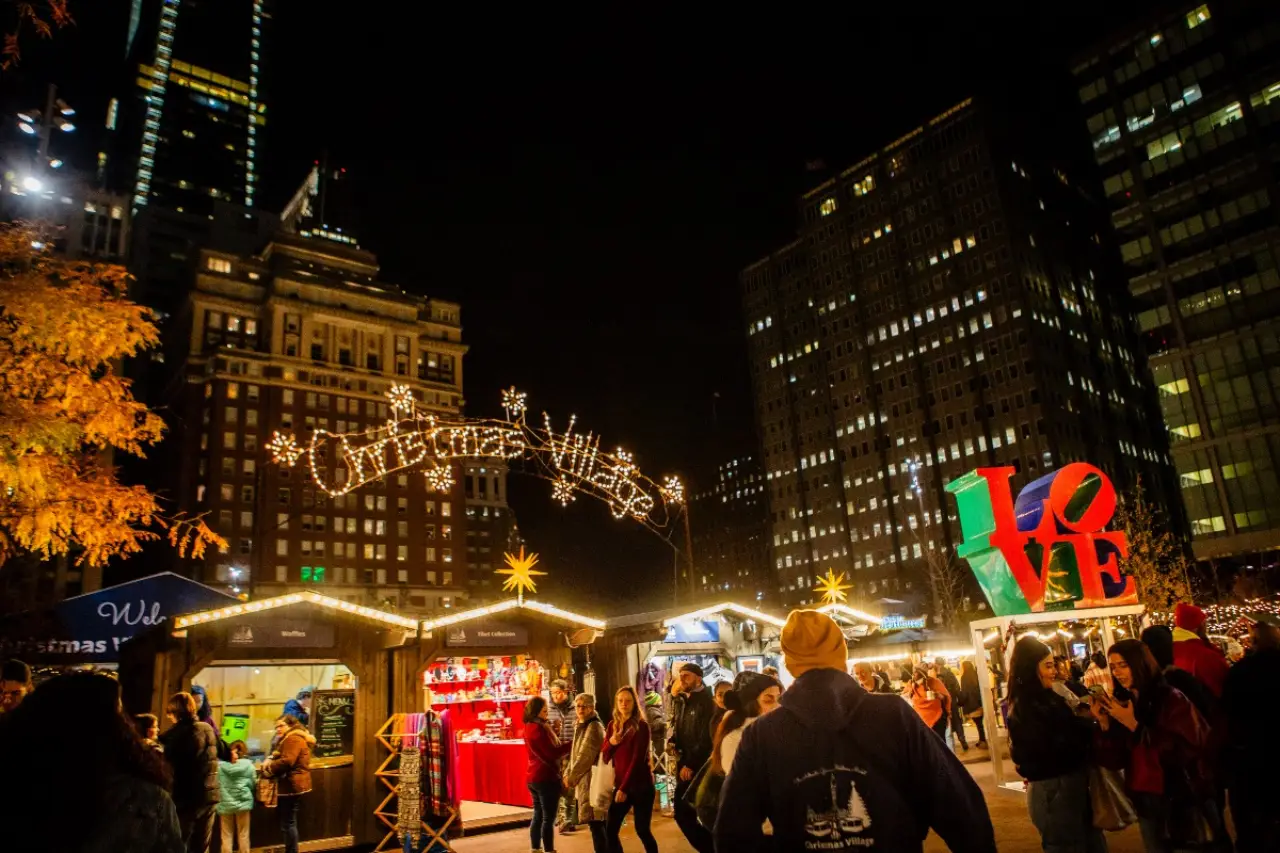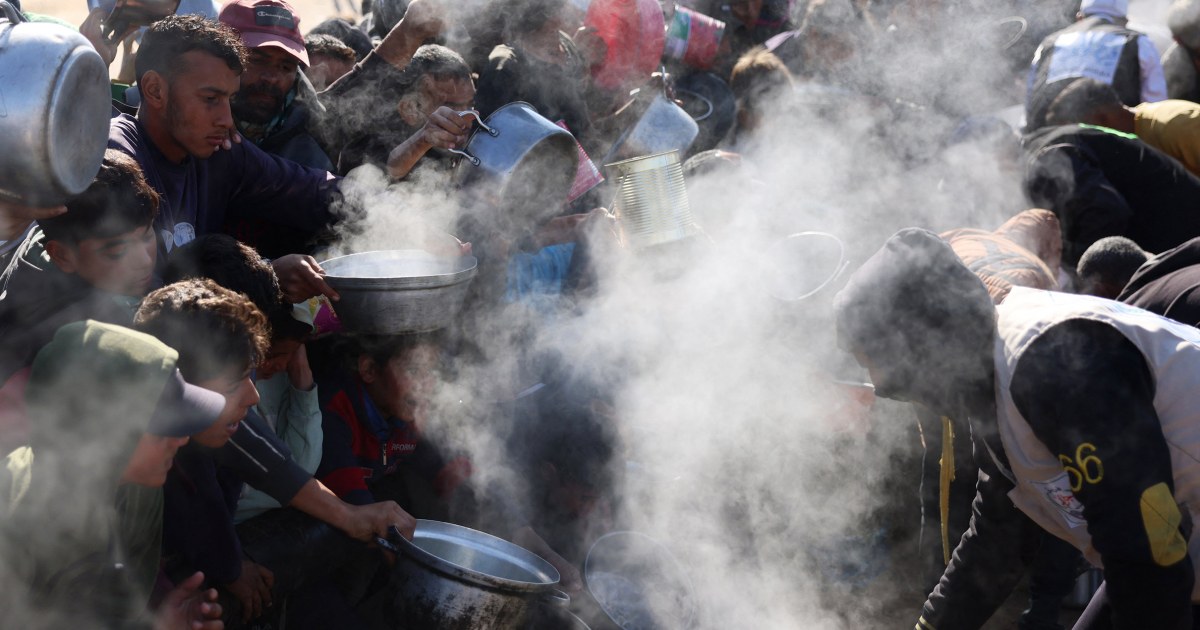Travel
Mexican cartels smuggle drugs and people through gaps in Trump’s border wall. Jim’s had enough
At the end of Trump’s unfinished border wall, America’s divisions over immigration are laid bare.
Jim Chilton doesn’t look like someone who could stand up to the blood-soaked brutality of the notorious Mexican drug cartels.
He’s 85, and there’s only one of him. All he’s packing is an old bolt-action rifle and a handgun. But the veteran cattle rancher has plenty of Arizona grit.
“I’m a cowboy, not a wimp,” Jim says. “It’s outrageous to have foreigners sitting on your mountains, on your ranch. It’s just outrageous.”
The cartels come and go on Jim’s southern Arizona ranch like they own the place. It’s not just drugs — heroin, cocaine, marijuana and fentanyl — that they’re bringing through the Arizona border. Now one of their most lucrative businesses is human beings.
We are bumping along in Jim’s pick-up, heading south through his property to where it borders with Mexico.
He wants to show me the trails used by the cartels to smuggle drugs and migrants that spider web through his property. This business is so lucrative there have been gun battles between rival cartels for control of the trails.
He’s been warned we’re in dangerous territory — the US Border Patrol has told Jim to avoid this area.
But Jim won’t let the cartels dictate where he can and can’t go.
The veteran cowboy points to a nearby mountaintop.
“All of these mountains have cartel spotters. Their objective is to be a scout looking for the Border Patrol,” he says. “The cartel scouts are undoubtedly watching us. They see us coming and they’re trying to evaluate who we are.”
After two hours of spine-rattling tracks, we arrive at the spot Jim wants to show me.
It’s the border, and Donald Trump’s great wall.
Loading…
Rust red, the 9-metre-high steel bollard wall snakes along the boundary between Mexico and Jim’s ranch.
Then it stops.
“I have five miles of the wall. And then on January 21st, 2021, Biden took office and then stopped all construction,” Jim says.
Where Trump’s wall ends on Jim’s ranch you can simply walk across the border. This is now one of the gateways being used by thousands of undocumented migrants to get into the US.
“It’s been an open door for people coming through. The druggers as well as the economic migrants,” Jim says.
This is more than an unfinished wall. It’s the centre of a political battle that will shape the presidential election.
It’s a monument to Donald Trump’s chaotic presidency, an unrealised grandiose vision. And it’s a stark reminder of one of the Biden administration’s political weaknesses — many Americans believe it has lost control of the border.
‘No-man’s-land’
Anger over the ceaseless flow of asylum seekers has prompted some to take the law into their own hands.
“Under our constitution, the government’s supposed to protect you. If the government can’t protect you, you can protect yourself,” Tim Foley says.
“This is no-man’s-land. This is where the bad guys are.”
An army veteran, Foley leads Arizona Border Recon, a group of armed volunteers that aims to disrupt people smuggling. Today, with Jim Chilton’s permission, they are on his ranch patrolling along the border.
Some call Foley and his followers vigilantes.
“I’ve been called everything in the book,” Foley says. “But on the back of my neck, I got a tattoo. It says D-I-L-L-I-G-A-F, which stands for, ‘Does it look like I give a f***.’ And I don’t give a f*** what people think about me, because I know who I am and what I stand for.”
Foley’s radio crackles into life. It’s a report back from one of his patrol members who’s spotting immigrants walking into the United States from Mexico.
“Coming over this morning there’s 500,” Foley says. “He said he knows it was more than 500.”
Franco and Jenny crossed into the US this morning. They’re from Peru, a country that has been engulfed in protests and political violence for almost two years.
Their journey was long and dangerous. There have been reports that women and girls have been raped by Mexican cartel members.
“For a woman, yes, it was very risky,” says 21-year-old Jenny, who was a traditional dancer back in Peru.
“I travelled easily from Peru by plane. But from Mexico it was travelling in the back of a truck … we travelled for a day without eating, we also couldn’t go to the toilet. We got to a warehouse and then from the warehouse we had 15 hours travelling … all cramped up with 15 people alone in a trailer.”
“Sometimes it was very hot, I couldn’t breathe properly,” Franco says. “There were many days where you couldn’t sleep … you were afraid, hungry, thirsty.”
Jenny says many of the asylum seekers were terrified of the people smugglers.
“They kidnap, they demand money. Luckily, thank God, none of that happened,” Jenny says.
The deadly dream
Over the next couple of hours, the trickle of migrants walking around the end of the wall into the US becomes a stream.
There are people from El Salvador, Guatemala, Honduras, Mexico and even Bangladesh and India. One man is from Senegal in Africa.
It’s almost 40 degrees Celsius, and they have been walking for hours.
“Hungry, thirsty,” says one man in Spanish, who asks us for water. “It’s very hot since 8 o’clock this morning.”
The pursuit of the American dream can be deadly. Over the years, Jim Chilton has made many terrible discoveries on his ranch.
“Since the 1990s, I’ve had an estimated 35 people die on the ranch,” he says. “I suspect that it’s lack of water, getting lost, no food or sometimes they are injured … if they break a leg or get a bad ankle, the group just leaves ’em.”
Jim has installed 29 drinking fountains on the southern section of his ranch for people who’ve crossed the border to use.
“People can get a drink and fill up their water bottle, and go on. I’m sure I’ve prevented a lot of deaths due to lack of water.”
Once the immigrants walk into Jim Chilton’s ranch, most head west along a road that hugs the wall, hoping to be picked up by the United States Border Patrol and processed. But often, the Border Patrol is overwhelmed.
“This morning there were two groups that crossed the end of the border wall about seven miles east of here,” says Andy Winter, who’s running a camp providing shelter, food and water.
“They started walking this way. So when I arrived at 6:15, 6:30am, there were 202 people exactly. Walking down the road from the end towards here, with babies, old people, women, children, families.”
Around us, exhausted people sleep on wooden pallets set up under open tents. Others help themselves to water, coffee or hot food provided by Andy and his volunteer group.
“No-one would choose to do this unless they felt like there was no other option at all,” Andy says.
“Many don’t make it. It’s brutal. It’s just terrifying.”
Dehumanised and demonised
As he ramps up his campaign to regain the presidency, Donald Trump has increased his inflammatory and dehumanising rhetoric towards undocumented immigrants like these.
He has said that they are coming in by the millions from foreign insane asylums and prisons, and are engaged in the “plunder, rape, slaughter and destruction of the American suburbs, cities, and towns”.
“Trump is Trump. He tells it like he thinks it is, and he not a politician in the sense that he gives mealy mouthed words and comments,” says Jim Chilton, who appeared onstage with Trump at a farmers’ conference in 2019.
Of the nearly 8 million people stopped at the border since 2021, about 100,000 — just over 1 per cent — were convicted criminals, according to US government figures. Around 2,000 were identified as gang members.
The former president’s political opponents have accused him of using Hitler-esque language to demonise vulnerable people.
“They’re poisoning the blood of our country,” Trump said this year. “The Democrats say, ‘Please don’t call them animals. They’re humans.’ I said, ‘No, they’re not humans, they’re not humans, they’re animals.'”
Tim Foley and others warn that among the many seeking the American dream are those who want to destroy it.
“How many of these guys that you don’t know about coming across are terrorists?” Foley says.
“How many cells do we have sitting in this country right now just waiting for word?”
This year, eight Tajiks with alleged ties to ISIS reportedly crossed over the southern border before being arrested.
Democrat Lupe Contreras is the minority leader in Arizona’s House of Representatives, and a proud Mexican American.
He says Trump’s rhetoric has hurt many in his community, and beyond.
“It’s divided our country.”
“My dad came to this country when he was 12 years old. I am a son of a migrant. My dad’s worked his butt off his whole life. My grandpa worked to the day that he became a citizen. He worked his whole life.
“They never asked for anything from this country. All they wanted is respect.”
Andy Winter says the people he meets at the border are “amazing, beautiful, strong people who are determined to try and stay alive and provide for their families”.
“When I hear Trump say the crazy things he says about this ‘invasion’, and they’re sending their rapists and their murderers and they’re emptying their prisons, I mean, all you have to do is spend a half hour with these people and you realise like in a heartbeat, you’d take them as neighbours.”
Deportations
The contest in Arizona is expected to be tight this November.
In 2020, Joe Biden defeated Trump in the state by just 0.3 per cent of the vote.
Even senior congressional Democrats acknowledge the border is a big problem for the administration.
“The immigration system has broken down,” veteran Democratic congresswoman Zoe Lofgren says.
“The asylum system is no longer working as intended. People who are not genuine [asylum seekers] are admitted because the law needs reform.
“But all the statistics show that the vast majority of people who are coming are coming to better their lives to work, to have hope for their family.”
Republicans and Democrats last year achieved what seemed like a political impossibility – they reached an agreement with a bipartisan bill to address the crisis at the border.
The bill would have enabled the administration to deport migrants who cross into the United States between ports of entry without permitting them to apply for asylum.
But that political unity spelled electoral danger for Donald Trump, so in a sign of his control over the Republican Party, he intervened to kill the bill.
“A lot of the senators are trying to say, respectfully, they’re blaming it on me. I say, ‘That’s OK. Please blame it on me. Please. Because they were getting ready to pass a very bad bill,'” Trump said.
In response to the failure of the bill, President Joe Biden issued an executive order allowing officials to quickly remove immigrants entering the US illegally without processing their asylum claims.
The Trump campaign slammed the order as not going far enough.
One of Donald Trump’s key promises in this election is that, if re-elected, on day one of his presidency he will “begin the largest domestic deportation operation in American history”.
Trump told Time magazine this year he would target up to 20 million undocumented migrants he claims are living in the US.
“Those on the left hear that and say, ‘Oh my God, that sounds terrible.’ I don’t understand how that sounds terrible,” says Chad Wolf, who served as Trump’s acting Homeland Security secretary and who was in charge of the border.
“The idea of deporting individuals, removing individuals or repatriating individuals that, again, don’t have a legal right to be here, or perhaps are here because the law has been abused to get them here, they need to be removed from the country.”
But for people like rancher Jim Chilton, who are on the front line of the migrant crisis, deportations aren’t enough.
“President Trump was securing the border. He was building the wall,” he says. “It was a good policy … I would love for Trump to be re-elected and finish the wall and secure the border at the border.”
Watch Part 1 and Part 2 of the Four Corners special, Retribution, on ABC iview now.
Be the first to hear about Four Corners’ next big investigation by subscribing to the weekly Four Corners newsletter. Follow Four Corners on Facebook.
Credits
Story by Mark Willacy and Amy Donaldson
Photography: Chris Gillette
Research: Joel Dullroy
Digital production: Nick Wiggins










